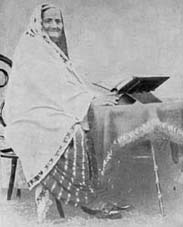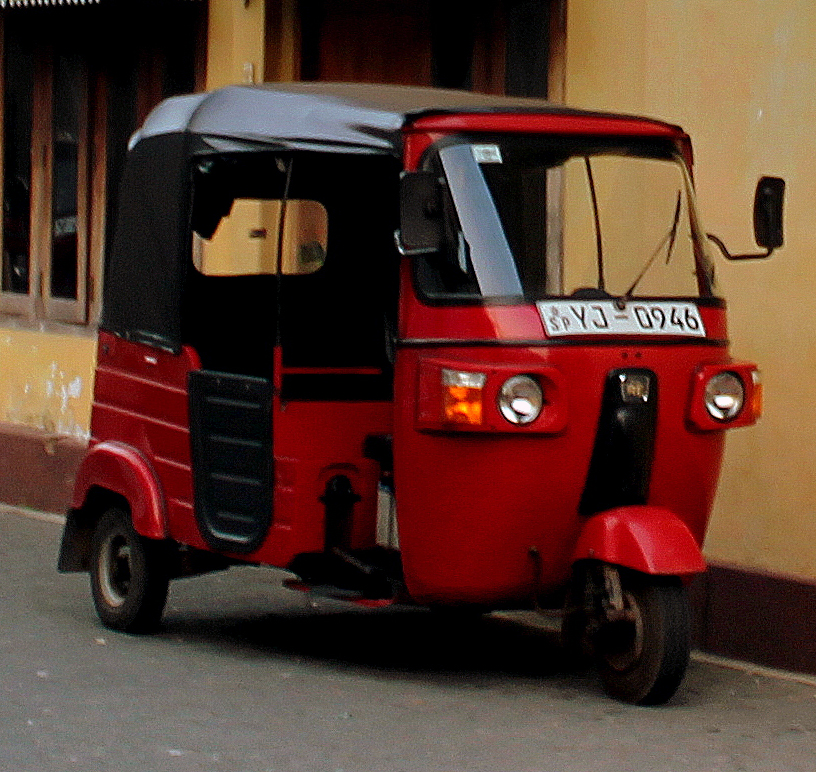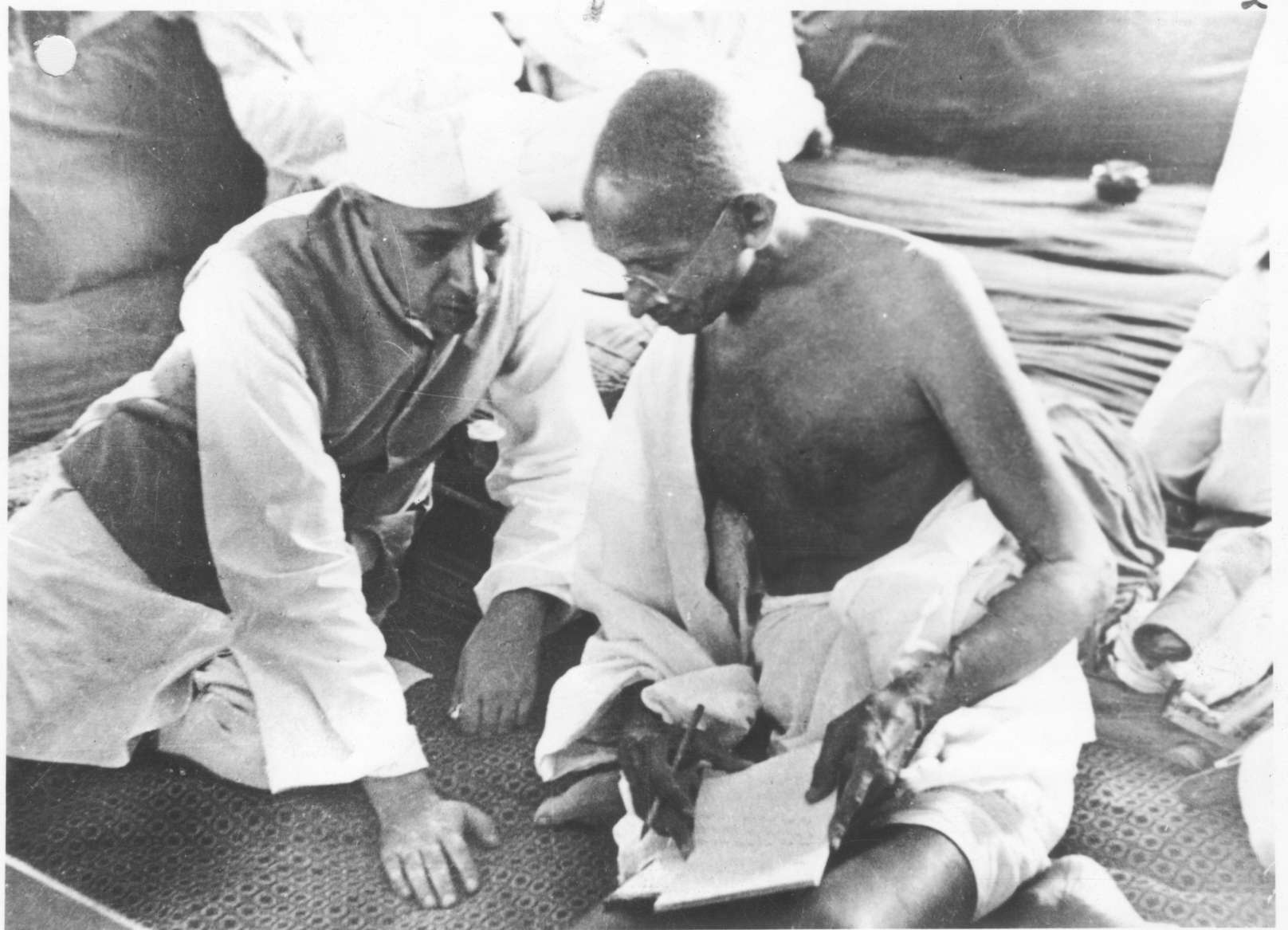|
Abbas Vasi
Mareez, born Abbas Abdul Ali Vasi (22 February 1917 – 19 October 1983), was a Gujarati poet, mainly popular for his Ghazals. He is popularly known as ''Ghalib of Gujarat''. He left studies in young age and started working in rubber shoe factory. Having been interested in poetry, he took up journalism but remained financially unstable throughout his life. He wrote Ghazals published in collections but many of his works remained uncredited which he sold during his financial difficulties. His popularity escalated after his death. Early life Abbas Vasi was born in a Dawoodi Bohra family on 22 February 1917 in Pathanwada area of Surat, British India to Abdul Ali and Amatullah Vasi. His father was a teacher in Madrasah Taiyabiyah School, Surat. He was third among eleven siblings. His mother died of tuberculosis when he was young. He studied only till second grade as he was not interested in studies. Noticing his disinterest, his father discontinued his studies and sent him to Mumba ... [...More Info...] [...Related Items...] OR: [Wikipedia] [Google] [Baidu] |
Surat
Surat is a city in the western Indian state of Gujarat. The word Surat literally means ''face'' in Gujarati and Hindi. Located on the banks of the river Tapti near its confluence with the Arabian Sea, it used to be a large seaport. It is now the commercial and economic center in South Gujarat, and one of the largest urban areas of western India. It has well-established diamond and textile industry, and is a major supply centre for apparels and accessories. About 90% of the world's diamonds supply are cut and polished in the city. It is the second largest city in Gujarat after Ahmedabad and the eighth largest city by population and ninth largest urban agglomeration in India. It is the administrative capital of the Surat district. The city is located south of the state capital, Gandhinagar; south of Ahmedabad; and north of Mumbai. The city centre is located on the Tapti River, close to Arabian Sea. Surat will be the world's fastest growing city from 2019 to 2035, acco ... [...More Info...] [...Related Items...] OR: [Wikipedia] [Google] [Baidu] |
Partition Of India
The Partition of British India in 1947 was the Partition (politics), change of political borders and the division of other assets that accompanied the dissolution of the British Raj in South Asia and the creation of two independent dominions: Dominion of India, India and Dominion of Pakistan, Pakistan. The Dominion of India is today the India, Republic of India, and the Dominion of Pakistan—which at the time comprised two regions lying on either side of India—is now the Pakistan, Islamic Republic of Pakistan and the Bangladesh, People's Republic of Bangladesh. The partition was outlined in the Indian Independence Act 1947. The change of political borders notably included the division of two provinces of British India, Bengal Presidency, Bengal and Punjab Province (British India), Punjab. The majority Muslim districts in these provinces were awarded to Pakistan and the majority non-Muslim to India. The other assets that were divided included the British Indian Army, ... [...More Info...] [...Related Items...] OR: [Wikipedia] [Google] [Baidu] |
Imam Hussain
Abū ʿAbd Allāh al-Ḥusayn ibn ʿAlī ibn Abī Ṭālib ( ar, أبو عبد الله الحسين بن علي بن أبي طالب; 10 January 626 – 10 October 680) was a grandson of the Islamic prophet Muhammad and a son of Ali ibn Abi Talib and Muhammad's daughter Fatima, as well as a younger brother of Hasan ibn Ali. He is claimed to be the third Imam of Shia Islam after his brother, Hasan, and before his son, Ali ibn Husayn Zayn al-Abidin. Being a grandson of the prophet, he is a member of the Ahl al-Bayt. He is also considered to be a member of the Ahl al-Kisa, and a participant in the event of Mubahala. Muhammad described him and his brother, Hasan, as "the leaders of the youth of Paradise." During the caliphate of Ali, Husayn accompanied him in wars. After the assassination of Ali, he obeyed his brother in recognizing Hasan–Muawiya treaty, in spite of being suggested to do otherwise. In the nine-year period between Hasan's abdication in AH 41 (660 CE) and his ... [...More Info...] [...Related Items...] OR: [Wikipedia] [Google] [Baidu] |
Muhammad Iqbal
Sir Muhammad Iqbal ( ur, ; 9 November 187721 April 1938), was a South Asian Muslim writer, philosopher, Quote: "In Persian, ... he published six volumes of mainly long poems between 1915 and 1936, ... more or less complete works on philosophical themes" (p. xiii)" Scholar and politician, whose poetry in the Urdu language is considered among the greatest of the twentieth century, Quote: "In Urdu, Iqbal is allowed to have been far the greatest poet of this century, and by most critics to be the only equal of Ghalib (1797–1869). ... the Urdu poems, addressed to a real and familiar audience close at hand, have the merit of being direct, spontaneous utterances on tangible subjects. (p. xiii)" and whose vision of a cultural and political ideal for the Muslims of British Raj, British-ruled India was to animate the impulse for Pakistan. He is commonly referred to by the honorific Allama (from ). Born and raised in Sialkot, Punjab region, Punjab in an ethnic Kashmiri Muslims, Kash ... [...More Info...] [...Related Items...] OR: [Wikipedia] [Google] [Baidu] |
Shikwa And Jawab-e-Shikwa
"Shikwa" ( ur, , "Complaint")Video Link and "Jawab-e-Shikwa" ( ur, , "Response to the Complaint")Video Link are poems written by Muhammad Iqbal, in the Urdu language, which were later published in his book ''Kulliat-e-Iqbal''. The poems are often noted for their musicality, poetical beauty and depth of thought. Overview Though much of his poetry is written in Persian, Muhammad Iqbal was also a poet of stature in Urdu. ''Shikwa'', published in 1909, and ''Jawab-e-Shikwa'', published in 1913, extol the legacy of Islam and its civilizing role in history, bemoan the fate of Muslims everywhere, and squarely confront the dilemmas of Islam in modern times. ''Shikwa'' is in the form of a complaint to Allah for having let down Muslims and ''Jawab-e-Shikwa'' is in the form of God's reply. The central idea of the poem ''Shikwa'' is that God is not fulfilling his promise to protect followers of the Prophet from loss and a decline in fortune. In ''Jawab-e Shikwa'' God answers directly tha ... [...More Info...] [...Related Items...] OR: [Wikipedia] [Google] [Baidu] |
Rajesh Vyas 'Miskin'
Rajesh Vyas (Gujarati: રાજેશ વ્યાસ), better known by his pen name Miskin, is a Gujarati poet from India. Born and brought up in Ahmedabad, he completed his doctorate in Gujarati literature. He writes ghazal poetry and columns in various publications. Early life Rajesh Vyas was born on 16 October 1955 in Ahmedabad, Gujarat, to Jatashankar and Vijayaben. He completed his primary education from Sheth Chimanlal Nagindas Vidyalaya, Ahmedabad. He completed his matriculation from Sharadagram, Mangrol. He completed a B.A. in Psychology in 1978, a B.A. in Gujarati literature in 1981, and an M.A. in Gujarati literature in 1983 from Gujarat University. He completed his M.Phil. in Gujarati literature in 1985 from Gujarat Vidyapith. He completed his PhD In 1989 from Gujarat University, under Chandrakant Topiwala. ''Gujarati Gazal Tena Vividh Pariprekshya Ma'' (Gujarati ghazal in its various perspectives) was the subject of his thesis. Career He started writing in 196 ... [...More Info...] [...Related Items...] OR: [Wikipedia] [Google] [Baidu] |
Nazm
''Nazm'' () is a major part of Urdu and Sindhi poetry that is normally written in rhymed verse and also in modern prose-style poems. is a significant genre of Urdu and Sindhi poetry; the other one is known as ''ghazal'' (). is significantly written by controlling one’s thoughts and feelings, which are constructively discussed as well as developed and finally, concluded, according to the poetic laws. The title of the itself holds the central theme as a whole. While writing , it is not important to follow any rules as it depends on the writer. A can be long or short and there are no restrictions on size or rhyme scheme. All the verses written in a are interlinked. In summary, is a form of descriptive poetry. Forms of The following are the different forms of : * ''Doha'' () * ''Geet'' () * ''Hamd'' () * '' Hijv'' () * ''Kafi'' () * ''Madah'' () * '' Manqabat '' () * ''Marsia A marsiya ( fa, مرثیه) is an elegiac poem written to commemorate the martyrdom and valou ... [...More Info...] [...Related Items...] OR: [Wikipedia] [Google] [Baidu] |
Auto Rickshaw
An auto rickshaw is a motorized version of the pulled rickshaw or cycle rickshaw. Most have three wheels and do not tilt. They are known by many terms in various countries including auto, auto rickshaw, baby taxi, mototaxi, pigeon, jonnybee, bajaj, chand gari, lapa, tuk-tuk, tum-tum, Keke-napep, Maruwa, 3wheel, pragya, bao-bao, easy bike, cng and tukxi. The auto rickshaw is a common form of urban transport, both as a vehicle for hire and for private use, in many countries around the world. They are especially common in countries with tropical or subtropical climates, since they usually are not fully enclosed, and in many developing countries because they are relatively inexpensive to own and operate. As of 2019, Bajaj Auto of India is the world's largest auto rickshaw manufacturer, selling 780,000 during the 2019 fiscal year. There are many different auto rickshaw designs. The most common type is characterized by a sheet-metal body or open frame resting on three wheels; a canvas ... [...More Info...] [...Related Items...] OR: [Wikipedia] [Google] [Baidu] |
Ghatkopar
Ghatkopar (Pronunciation: �ʱaːʈkopəɾ is a suburb in eastern Mumbai. The area is served by the railway station on the Central Line of the Mumbai Suburban Railway and the metro station on Line 1 of the Mumbai Metro. History Ghatkopar in the 1920s was a village ringed by creeks and salt pans. It was administered by a municipal council led by a Collector of the Suburban District. It became part of Greater Bombay in 1945. There are many interpretations to how Ghatkopar got its name. Some say it refers to the hill range tapering off at Thane, "Ghat ke oopar", which roughly means "on top of hill". Others believe the name is derived from the Marathi word for "corner" of the Western Ghats- "Kopara", therefore, Ghat-kopara. The names given to roads in Ghatkopar offer an interesting peek into its recent history. It has roads like Nowrojee Lane for Nowrojee Sheth, Cama Lane after Lady Cama, Hingwala Lane after a family dealing with asafoetida. Mumbai Metro Project The Versova-A ... [...More Info...] [...Related Items...] OR: [Wikipedia] [Google] [Baidu] |
Dā'ī Al-Mutlaq
The term Da'i al-Mutlaq ( ar, الداعي المطلق, al-Dā'ī al-Mutlaq; pl. , ) literally meaning 'the absolute, or unrestricted, missionary', is the most senior spiritual rank and office in Tayyibi Isma'ilism. The Da'i al-Mutlaq has headed the Tayyibi community since the seclusion of the 21st Tayyibi Imam, at-Tayyib Abu'l-Qasim, traditionally placed in 528 AH/1134 AD. According to Tayyibi Isma'ili tradition, in the Imam's absence, the Da'i al-Mutlaq is the faith's highest authority; i.e., the Da'i al-Mutlaq holds the same authority as the Imam. Before the seclusion of al-Tayyib, the Da'i al-Mutlaq operated under the direct orders of the Imam and his trusted associates in regions where Isma'ili faithful were present, either living openly propounding their faith, or secretly due to fear of persecution. In Yemen, after the seclusion of the Imam, the Da'i was given the authority of Itlaaq (إطلاق), or free conduct, and absolute religious and social authority, under the ... [...More Info...] [...Related Items...] OR: [Wikipedia] [Google] [Baidu] |
Taher Saifuddin
Taher Saifuddin (4 August 1888 – 12 November 1965), also known as Tahir Sayf al-Din, was the 51st and longest serving Da'i al-Mutlaq of the Dawoodi Bohras. Saifuddin adapted the modernisation in Western and European ideas, and established its benefits for the Bohras, whilst still steeped in the traditions and the culture of the community's Fatimid heritage. Saifuddin laid substantial groundwork in terms of philanthropy, education, entrepreneurship, social outreach, political outreach, and community upliftment upon which his successors, Mohammed Burhanuddin and Mufaddal Saifuddin, continued to build, resulting in unprecedented era of prosperity among the Dawoodi Bohras. Early life Taher Saifuddin was born to Mohammed Burhanuddin I and Amatullah Aaisaheba on 4 August 1888 in Surat, British India (present day the state of Gujarat). Da'i al-Mutlaq Saifuddin became the 51st al-Dāʿī al-Mutlaq in the year 1915 at the age of 28. During his reign, he rebuilt and repaired ma ... [...More Info...] [...Related Items...] OR: [Wikipedia] [Google] [Baidu] |
Quit India Movement
The Quit India Movement, also known as the August Kranti Movement, was a movement launched at the Bombay session of the All India Congress Committee by Mahatma Gandhi on 8th August 1942, during World War II, demanding an end to British rule in India. After the failure of the Cripps Mission to secure Indian support for the British war effort, Gandhi made a call to ''Do or Die'' in his Quit India movement delivered in Bombay on 8 August 1942 at the Gowalia Tank Maidan. The All India Congress Committee launched a mass protest demanding what Gandhi called "An Orderly British Withdrawal" from India. Even though it was at war, the British were prepared to act. Almost the entire leadership of the Indian National Congress was imprisoned without trial within hours of Gandhi's speech. Most spent the rest of the war in prison and out of contact with the masses. The British had the support of the Viceroy's Council, of the All India Muslim League, the Hindu Mahasabha, the princely state ... [...More Info...] [...Related Items...] OR: [Wikipedia] [Google] [Baidu] |








